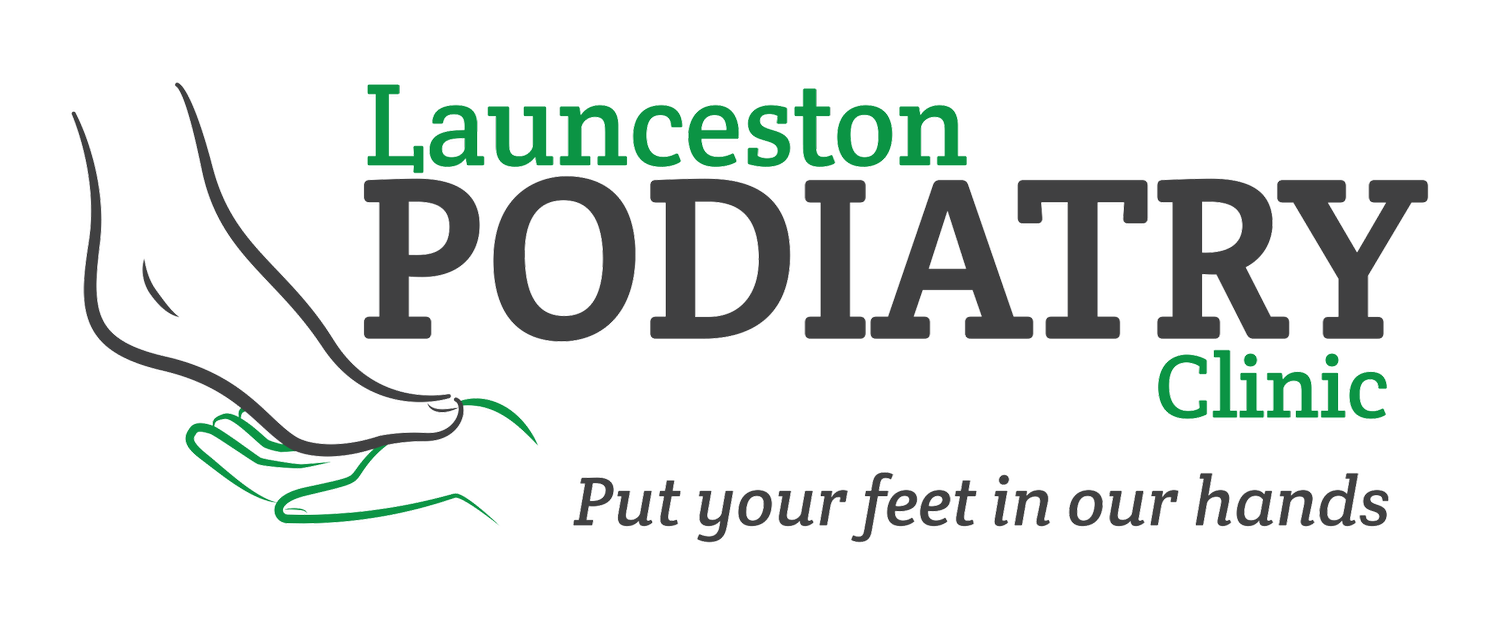It’s been a bit chilly of late and we have already seen a number of clients present to the clinic in the last few weeks concerned about their toes which are a red/blue/ purplish colour, swollen, itchy and also painful and their question is what is wrong with my toes and our answer is… You have chilblains!!!
So the question of the day is what are chilblains, also known as Erythemia Pernio, which I must say is a bit of a mouth full.
Chillblains are painful regions of discoloured skin (usually red purple and or blue) which are more likely to develop on our extremities during the colder months. Most commonly they occur on your toes fingers nose, and even earlobes. They can cause a nasty itching or burning sensation and at times the skin which is affected can ulcerate. Ouch
Chillblains tend to develop on our toes after they are exposed to prolonged cold and damp weather. This exposure causes the peripheral blood vessels to constrict in response to the cold. When the toes are warmed up they are often warmed too quickly, the blood flow returns rapidly and there is leakage of fluid from the blood vessels into the surrounding tissue and this can cause area of inflammation and swelling leading to chilblains.
Chillblains can occur at any age but are more common in children and older people and also occur more in females than males. People who have reduced circulation to their extremities are also more likely to be affected, for instance people who are smokers and/or have been diagnosed with diabetes, Raynaud’s Pheneomenon, and also Lupus.
So the big question is how, if I’m in a high risk group, how do I prevent getting these dreaded chillblains. Well the answer is prevention; as the old adage goes “Prevention is better than cure”.
It is essential to keep your feet warm and dry as is possible. Try and keep your feet at a consistent temperature. Wearing multiple layers of clothing will help for instance wearing long johns, stockings or leggings will help in keeping your legs warm. Woollen or nature blended socks are also preferable and you can also purchase sock liners which are worn under your normal socks. It is also important to make sure your shoes fit well. Fur lined boots are also fabulous to wear and for some short period of time ye olde Ugg boot is appropriate. It is also essential to keep active which ensures you keep warm and also encourages blood flow to your extremities.
If your feet do get cold make sure you warm them up gradually as you don’t want to go from one extreme of temperature to the other. Avoid going from cold tiles in the bathroom to a hot shower, and avoid coming in from the cold and putting your feet in contact with direct heat, g hot water bottle, heater, electric blanket, and heat pack. All these types of heat will cause the feet to warm too quickly. Instead massaging your feet with a suitable cream would be ideal.
At Launceston Podiatry Clinic we also have the fabulous Perfectsense Paraffin wax therapy treatment which helps in the prevention and management of chillblains. Not only does it help in promoting blood flow to your feet it also is a wonderful 30 minutes of relaxation.
How can we help, you ask, if you already have developed a chilblain? Well as podiatrists we can have a chat and see if there is something that can be done better in your prevention plan. We can also advise a variety of treatment protocols which will help in reducing the inflammatory process and ultimately get your feet back to optimal health.
Our aim at Launceston Podiatry Clinic is to ensure you a have the healthiest feet possible as we definitely know healthy feet provide the foundation for a happy and active body.

